Where Do You Put a Heated Mattress Pad? Answers Revealed
Lay your heated mattress pad on top of your bed for ultimate comfort and warmth, but where should you position it?
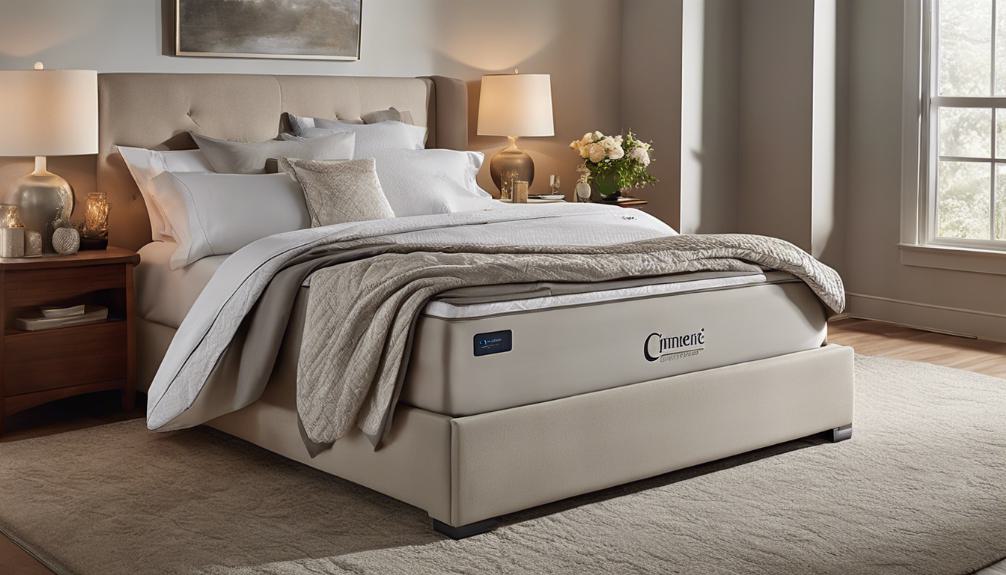
Lay your heated mattress pad on top of your bed for ultimate comfort and warmth, but where should you position it?

Yearning for the ultimate luxury and warmth in bedding? Discover the unique fusion of Egyptian cotton and down feathers in Down Cotton – you won't want to miss this!

Get the most out of your memory foam mattress topper by not sleeping on it right away – find out why waiting is crucial for optimal comfort and support!
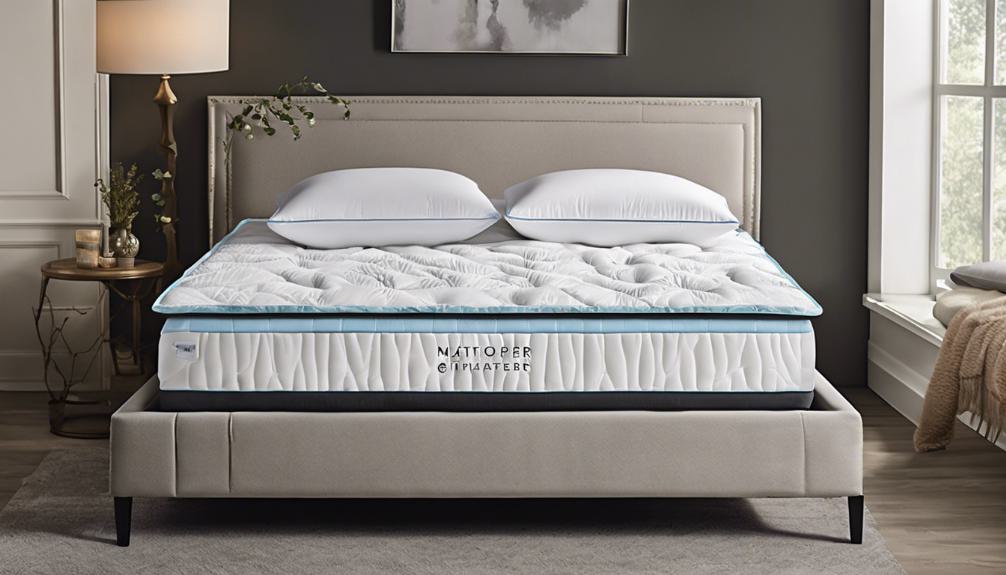
Opt for a gel memory foam topper for unparalleled comfort, but did you know there are other enticing options waiting to be discovered?
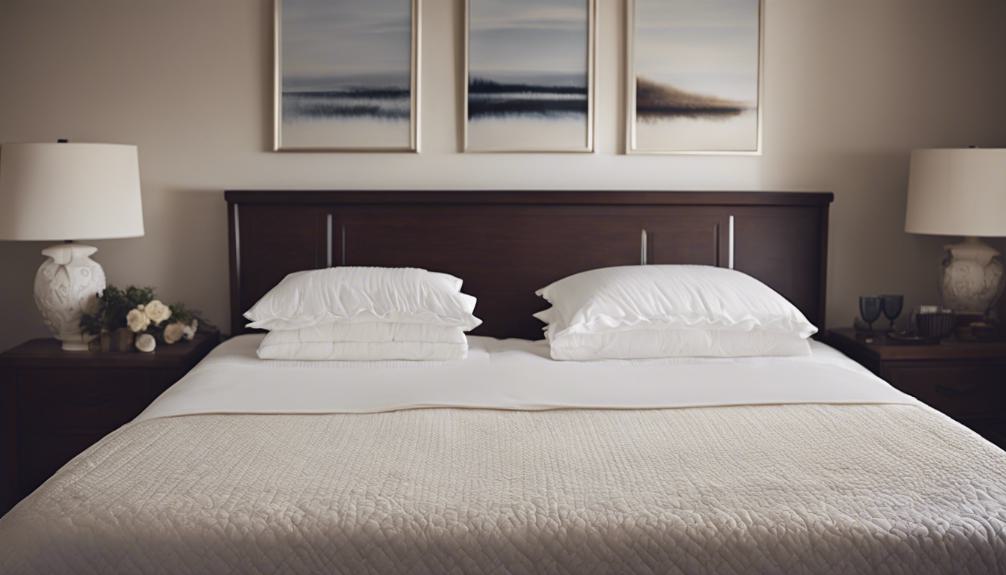
Transform your sleep and alleviate back pain with a mattress topper – discover how this simple addition can make a world of difference!

Looking to use a memory foam mattress on a futon? Find out if it's a perfect fit for your comfort needs and sleep quality.
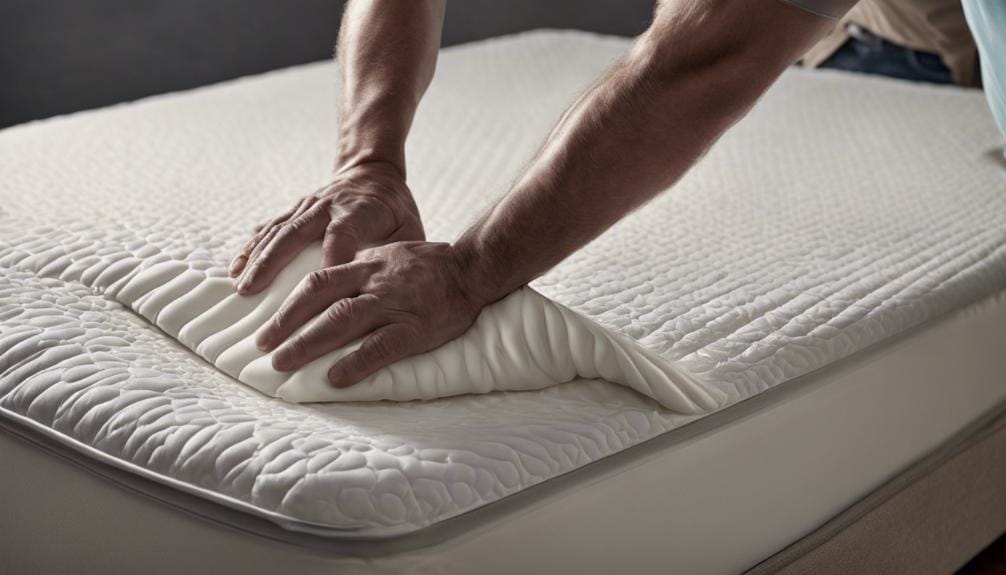
Want to effortlessly remove your Tempurpedic mattress cover? Uncover the simple steps starting with locating the zipper – your key to hassle-free removal.
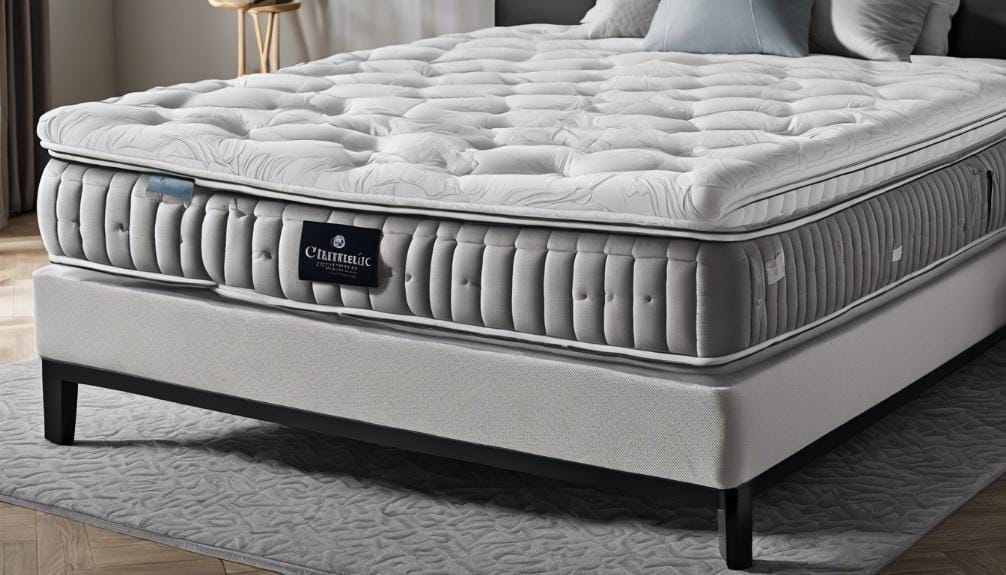
Take your sleep to the next level with a mattress topper – discover how it can transform your comfort and improve your overall well-being.
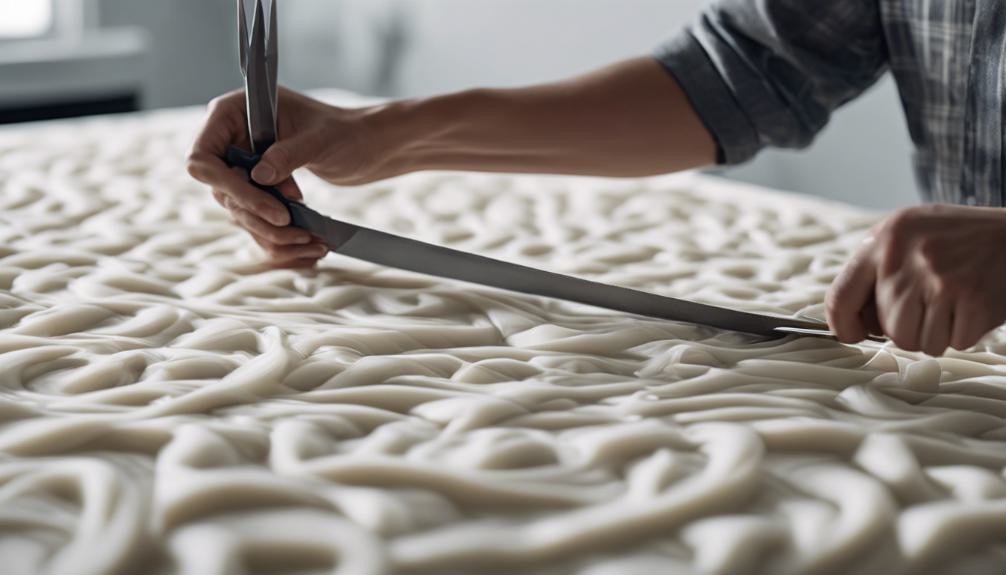
Want to master the art of cutting a latex mattress topper?

Yearning for the perfect toddler bed comforter size? Discover the key to ensuring cozy and safe slumbers for your little one!